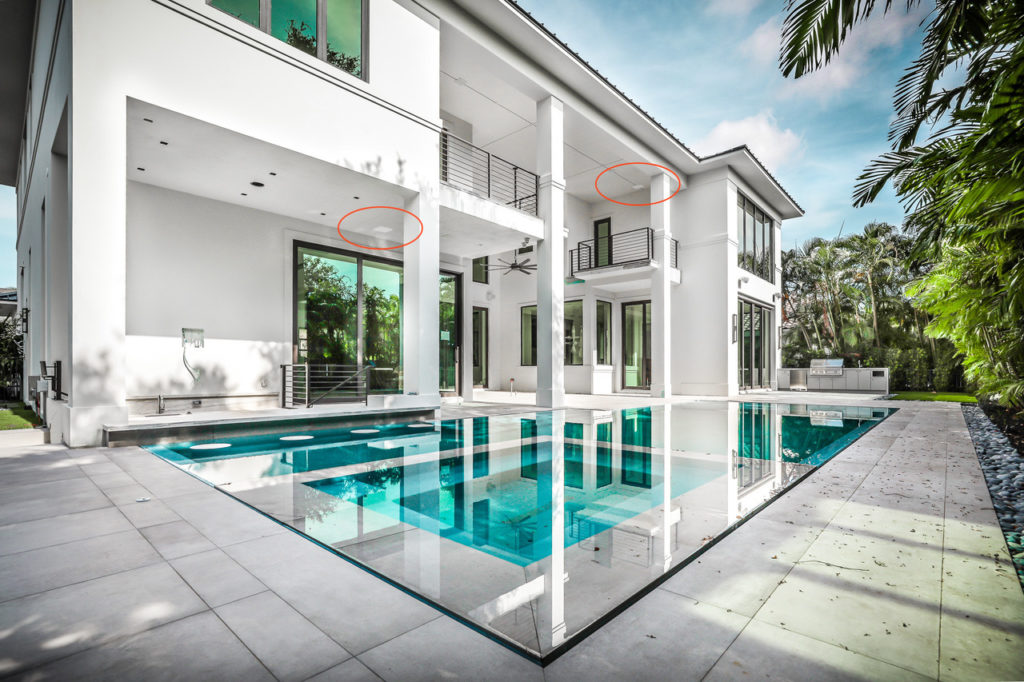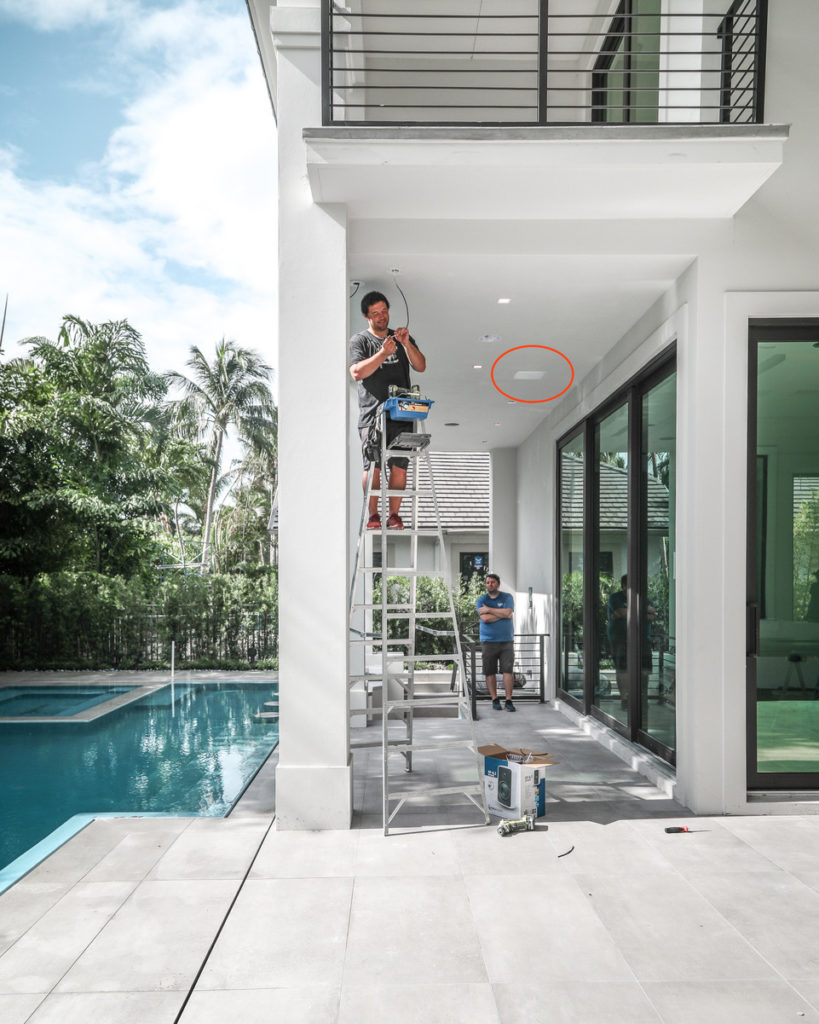The Access Blog
Integration Tips for Taking the Home Network Outdoors
Categorized: The Access Blog | May 14, 2021

Providing customers with the fastest, most reliable and stable network boils down to good design – of course, this goes for indoors and outdoors. Certainly, high-quality, enterprise-grade routers, switches, and wireless access points (APs) contribute to a network’s performance, but if the selection and positioning of the APs are flawed, poor connectivity and coverage will lead to dissatisfied customers.
Let’s take a look at some best practices to address home network coverage for the outdoors in particular.
A Roadmap to Exceptional Exterior Networks
Given all of the environmental factors that can affect Wi-Fi performance—landscaping, trees, weather, varied elevations, water features, neighboring networks, and the sheer size and scope of the property, developing a networking blueprint for the outdoor space is often trickier and more complicated than for the inside of a home.
Comprehensive, detailed designs are the lifeblood of any networking project. It’s a lesson many integrators have learned as they continue to design networks for a growing work-from-home market.
Whether it’s adding and repositioning APs to deal with bigger bandwidth demands, finding and fixing weak connection spots, or implementing heavier cybersecurity measures, the home network is healthier than it’s ever been, thanks in part to good design integration practices.
If customers are considering technology for their patios, decks, gazebos, pool houses, boat docks, and other outdoor areas, integrators have a big opportunity to provide reliable Wi-Fi network coverage for extensive exterior spaces.
And while it may be relatively simple to add a AP to an indoor space, trenching new cabling into an established yard is a disruptive and costly endeavor. Getting it right the first time is critical.
Start with a Site Survey
Don’t make the mistake of mounting a few access points to the exterior of the house and calling it a day or relying on the interior network to bleed signals into the yard. Your customers want a seamless Wi-Fi experience as they walk outdoors without any degradation of signal strength or random dead spots.
The rise of outdoor living is driving the demand for better outdoor connectivity, not only for streaming audio and video content, but for controlling security cameras, door locks, pool pumps, lighting, motorized gates and more.
Once you have an idea of how your clients will be using Wi-Fi, walk the entire property, noting locations of large rocks, outbuildings, walkways, hardscaping and landscaping features, elevation changes — anything that could impede signal transmission.
Also identify places where APs could be mounted — light poles, gates, the eaves of the main house, and other structures. This will serve as your map for the AP layout and design.

Define Coverage Zones and Specify Applicable APs
Most customers don’t need nor want Wi-Fi coverage on every square inch of the property.
You’ll get better performance from a network and prevent signals from escaping into neighboring yards by focusing Wi-Fi energy at specific predefined areas.
For example, a long driveway from that homeowners utilize a Wi-Fi connection to control lights and door locks, requires a strong, consistent signal all the way from the property entrance to the front door, but signal bleed into adjacent areas could pick up interference. Likewise, for walkways to beaches, sidewalks around swimming pools, etc.
A sectorized AP, which is engineered to direct Wi-Fi signals in a long, narrow beam does the trick in these situations. Because the transmission path is so well defined, signals travel further with minimal degradation than Wi-Fi transmission by an omnidirectional AP.
Sectorized APs are ideally suited for long, narrow Wi-Fi corridors, but they can also be configured to provide wide coverage. You’ll just need multiple units strategically positioned.
Another benefit: They’re great for parties. While typical residential outdoor APs can handle 10 to 20 clients, sectorized APs, originally intended for use in stadiums, allow a much higher number of clients to connect simultaneously. Access Networks APs can handle from between 512 to 1024 clients depending on the model of the outdoor AP.
**Despite all of these advantages, sectorized APs shouldn’t be the only tool in your tool bag – they aren’t for every project.
Application and Landscape Considerations Impact Installation
It’s best to specify APs according to their applications — omnidirectional APs for wide 360-degree coverage in a backyard, for example, and sectorized APs for focused 30- to 120-degree coverage.
Another consideration is the frequency of each AP’s antenna. You’ll need to get your customers’ input for this. If their biggest concern is speed, go with APs that support a 5 GHz frequency band. For long range and coverage? APs that transmit on the 2.4 GHz band are the better choice.
Finally, be sure to consider the impact of the environmental and landscape conditions on the coverage. Seasons change. Trees that might have been bare when you initially designed the outdoor network are now in full bloom. Consider it Mother Nature’s interference.
That huge expanse of grass in the backyard now holds a swimming pool. Factor into your network design natural changes to the property and your customers’ home improvement plans to preclude issues later. It’s an important last step to ensure a quality outdoor Wi-Fi experience.
Access Networks offers custom indoor and outdoor network design services and support for all your indoor and outdoor integration needs. Contact us today.
Contact us to learn more about Access Networks APs and Site Survey options.